Sallow Skin: 8 Expert Tips To Restore Radiance
Tips and ways to regain your natural radiance and healthy skin with proper treatment.

Image: iStock
Sallow skin is a treatable condition in which the skin loses its natural radiance and turns pale. It can occur due to some underlying health issues or external factors. Your unhealthy and sedentary lifestyle can also lead to sallow skin. However, you don’t have to worry much as this condition is controllable and preventable.

You can tackle this condition by following a few steps. This article will look into sallow skin, what causes it, and steps to prevent sallow skin. So, what are you waiting for? Let’s jump into it.
In This Article
What Is Sallow Skin? How Do You Identify It?
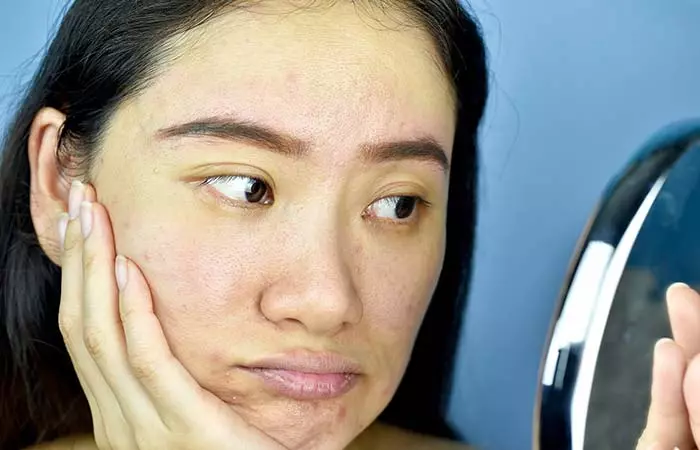
Sallow skin refers to skin that has lost its natural radiance and turned pale or yellowish. Do not confuse it with olive skin tone, which is warmer and yellowish. Olive skin is healthy, while sallow skin looks tired and dull. It usually doesn’t look healthy. It might seem synonymous with liver disease or jaundice, but it is better to seek medical attention in case of severity.
As your skin ages, it might turn a bit dry, show signs of aging, such as fine lines and wrinkles, and maybe start losing its elasticity. However, sallow skin may not be a result of the aging process. It may be a sign of an underlying health issue and other external factors, which we have discussed later in this article.
How can you determine whether your skin is sallow or not? Look for the following signs:
- It has turned brownish or yellowish (which is not your natural complexion).
- You can see blemishes on your face.
- Your skin becomes pale.
- It is not supple.
- The tone is totally different from the rest of your body.
In other words, your skin looks dull. Whenever you feel under the weather, you’ll always see it reflecting on your skin. Your face and skin look lifeless, right? It is the same when it turns sallow.
What makes your skin sallow? There are several external and internal factors behind it. Scroll down to find out.
Key Takeaways
- Pale complexion or yellowish skin with no radiance is sallow skin.
- It might be due to any underlying health condition, illness, dehydration, stress, nutrient deficiencies, smoking, and lack of sleep.
- Maintaining a good skin care regime, cleaning your face twice a day, and using retinol can manage this condition.
- Reversing sallow skin might take some time as skin renewal happens slowly.
What Causes Sallow Skin?
Medical And Internal Causes

1. Nutrient Deficiency
If you do not provide your body with enough vital nutrients, your skin can turn sallow
. The skin cells need vitamins and minerals to maintain themselves and stay healthy. When they do not get the required nutrients, their ability to function properly declines and your skin starts looking tired and sallow. The common vitamin deficiencies that may affect your skin include:
- Vitamin A
- Vitamin B12
- Vitamin C
- Vitamin E
- Vitamin K
How To Manage
Eat the rainbow (not literally)! Include veggies and nutritious foods of all colors in your diet. Make sure you have a nutrient-rich and balanced diet. Include carrots, oranges, meat, seafood, broccoli, nuts, berries, dark leafy vegetables, and other plant-based foods in your diet. Your skin will start glowing in a few weeks. Also, consult a doctor to diagnose nutrient deficiency, based on which they might suggest supplements.
2. Anemia
Red blood cells are responsible for delivering oxygen to your cells and body tissues. Lack of RBCs in the blood results in anemia. When your body cells do not receive enough oxygen, your skin turns pale and yellowish and looks tired and sallow.
A survey by the World Health Organization found the global prevalence to be 29.9% anemia in women of reproductive age (ages 15 – 49), which is more than half a billion women. It further estimated that 29.6% in non-pregnant women of reproductive age, and 36.5% in pregnant women in 2019.
How To Manage
If you have acute anemia, you need to increase your intake of iron and vitamin B12.
You also need to consume more foods with these nutrients. The doctor may even give you vitamin and iron supplements.
If you have chronic anemia, it might be due to other health-related issues, such as autoimmune conditions and kidney-related issues. Consult a doctor immediately for treatment. Once the situation is resolved, your skin will be back to normal.
 Quick Tip
Quick TipDull and sallow skin often results from internal factors and underlying conditions. Therefore, addressing them should be your priority if you are wondering how to get glowing skin naturally. Also, taking a look at your lifestyle may give you insight into what’s affecting your skin’s glow. Let’s understand it in detail.
Lifestyle And Other Related Causes

3. Smoking
Smoking is bad for your overall health and skin. Smoking can speed up the aging process and is one of the leading causes of premature skin aging. Smoking reduces collagen production in your skin and speeds up the production of tropoelastini A soluble precursor of elastin that promotes attachment and migration of several types of body cells, like endothelial, fibroblasts, etc. and matrix metalloproteinasesi Pro-proteins that play a major role in many biological processes, like tissue remodeling, wound healing, and embryo development. (MMP), which damage the matrix proteini Structural and adhesive proteins like collagen, fibrin, fibronectin, and gelatin that play a central role in tissue formation. and elastic fibers (1). As a result, your skin may lose its sheen and glow and become sallow.
How To Manage
There is only one way to prevent smoking from damaging your skin – quit the habit. If you are finding it difficult to quit smoking, you may try therapies or try quitting it gradually. Try using alternative products that contain small amounts of nicotine and then stop it slowly. Once you quit smoking, you will see that your skin is turning normal.
 Quick Tip
Quick Tip4. Stress
Stress affects your mental and physical well-being. When you are stressed from within, it reflects on your skin. Stress affects your body in many ways, such as excessive weight gain or loss, lack of sleep, and dry and sallow skin. When you are stressed, your body releases a hormone called cortisoli An essential hormone that regulates stress response, aids in the metabolic process, and affects almost every body organ and tissue. , which affects the skin’s natural barrier (2). Once the natural barrier of your skin is compromised, your skin turns dull and is prone to inflammation.
How to Manage
Stress management is an absolute necessity when it comes to protecting your skin. Try meditation, indulge in hobbies you like, meet your friends, spend time alone, exercise daily, and eat healthily. This will help in restoring your skin balance.
5. Sleeplessness
Spending a sleepless night once in a while is fine. However, if it is chronic, you have got a problem. When you sleep, your skin repairs and restores itself. Lack of sleep will hamper the healing process of your skin. As a result, it will turn sallow and dull. It is important to get at least 7-8 hours of sleep to maintain your overall health.
How To Manage
Maintain your sleeping time. Go to bed at the same time every day. Avoid watching TV or browsing through social media and working with electronic gadgets before going to bed. If possible, try aromatherapy or take a warm shower before bed or indulge in any relaxing activity (like listening to music) before bedtime.
6. Sun Exposure

Exposure to harmful UV rays may result in numerous skin conditions, one of which is sallow skin. Continued sun exposure may lead to photoaging and cause skin concerns such as sallow skin. This sun-damaged skin may also take longer to heal.
How To Manage
Always wear sunscreen whenever stepping out and inside closed spaces as well. Opt for a sunscreen with a minimum of 30 SPF. You can also carry scarves and hats to shield your exposed skin when you are planning on going out. Also, reapply sunscreen every 2-3 hours and immediately after swimming or performing any other water-based activities.
7. Take Care Of Your Skin
A poor skin care routine can also make your skin sallow. From washing your skin properly to exfoliating regularly, you need to follow a basic skin care routine every day. Scroll down to find out how you can prevent sallow skin by following a proper skin care routine.
How To Prevent And Treat Sallow Skin
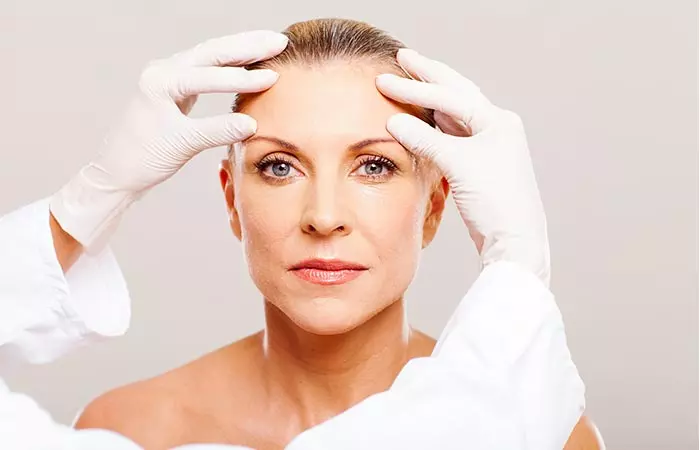
1. Wash Your Face Properly
Most of us hardly spend a minute on washing our face every day. Unless you wash your face thoroughly, no other step is going to benefit your skin. This is crucial to remove dirt, pollution, oil, and makeup from your face. Once you are back home, cleanse your makeup with micellar water and wipe it with a wet cotton pad. Then, take a mild cleanser and rub between your palms to generate lather. Spread the lather on your skin and massage gently for a minute. Wash it off.
2. Exfoliate Once Or Twice A Week
Create a schedule and exfoliate your skin with a physical or chemical exfoliator right after washing your face. Layers of dead skin cells make your face look dull and sallow. Exfoliating removes most dead skin cells that accumulate on your skin.
3. Follow Up With A Toner
Wipe your face with a cotton pad and toner. Toning your skin removes the leftover dirt and impurities after washing. You can use an alcohol or moisture-based toner depending on your skin type.
4. Apply A Moisturizer
Once you have toned your face, apply a moisturizer. This is important to lock in the moisture and keep your skin hydrated. If you skip this step, your skin will not get the moisture it needs and may look sallow.
5. Apply Sunscreen

Follow this step before going out in the morning. UV rays can severely damage your skin. They speed up the aging process, dry your skin, cause wrinkles and marks, and eventually make it sallow and dull. Apply sunscreen with at least SPF 30 or more. Opt for a broad-spectrum sunscreen that can protect your skin against both UVA and UVB radiation and remember to reapply the sunscreen every 2 to 3 hours. Ensure covering your skin with a hat or scarf when outdoors. Additionally, avoid stepping out during peak sun hours.
6. Use Topical Vitamin C
Do this at night. Vitamin C serums and concentrates protect the skin surface from external damage and minimize the signs of aging, damage caused by free radicalsi Unstable oxygen-containing molecules that adversely affect body cells, lead to premature aging, and may trigger many diseases. , dark spots, and pigmentation.
7. Use Topical Retinol
Use it at night. Retinol can address a wide range of skin care issues. It reduces the appearance of fine lines and wrinkles and improves skin texture and tone. Consult a dermatologist before you start using retinol. Depending on the skin type and issues, they will determine the percentage of retinol required. You have to start this at the right age after consulting a dermatologist.
8. Choose Makeup Wisely
If you love makeup, be careful while picking your favorite products. Read the labels and check the ingredients before applying on your face. Make sure that the makeup you are using is oil-free and non-comedogenic. Otherwise, it might clog your skin pores and make your skin look dull.
Apart from the above-mentioned tips, staying hydrated can also help. Drinking plenty of water helps maintain the skin’s natural moisture level. This reduces dryness, and flakiness, and may help improve dull skin, which may help reduce sallowness. Moreover, it also promotes skin elasticity.
Once you start the process, do not expect overnight results. Your skin might take a few weeks to renew itself. If you see no changes in your skin after several months, consult a dermatologist. It might be due to an underlying health issue, and unless that is resolved, your skin will not get back its lost glow.
Infographic: Sallow Skin: Causes & Remedies
We might not notice how certain lifestyle choices can have detrimental effects on our health and appearance. Sallow skin is a result of a few such choices. But the good news is the condition can be remedied with some simple changes to our everyday life. In the infographic below, we have summarized the causes of sallow skin and the remedial tips to improve your skin texture, radiance, and health. Take a look.

Illustration: StyleCraze Design Team
Lack of proper skin care and underlying conditions may affect your skin’s natural radiance and make it appear yellowish and dull. Malnutrition can also cause swallow skin, thereby increasing fatigue and weakness. Managing sallow skin is easy. You must take care of your skin, follow a proper skin care routine, consume nutrient-rich foods, drink plenty of water, and sleep well. You will see a natural glow on your skin within a few weeks. However, if your skin has turned sallow due to an underlying health condition, consult a doctor and follow the prescribed treatment. Once the condition is healed, it will reflect on your skin too.
Frequently Asked Questions
What are the most effective home remedies for sallow skin?
Effective home remedies for sallow skin include masks containing honey, aloe vera, turmeric, or rose water and consuming vitamin C-rich foods. Additionally, ensure gentle regular exfoliation to promote a healthy glow and restore skin vitality.
Is Multani mitti good for the skin in winter?
Multani mitti is a hydrating ingredient that can be used to improve skin moisturization and treat dry skin during winter.
What hair color suits sallow skin?
Warm shades of brown will be a great hair color for sallow skin.
Does dehydration cause sallow skin?
Skin dehydration can cause improper flow of blood and nutrients to the skin. It can also lead to skin dryness and flakiness, which can make your skin appear unhealthy and sallow (3).
What counteracts sallow undertones?
A purple concealer works best to neutralize the yellowness of sallow skin.
Illustration: Sallow Skin: What Are The Causes? Can It Be Treated?

Image: Stable Diffusion/StyleCraze Design Team
A sallow complexion is characterized by a yellowish, unhealthy skin tone. If this is something you’re experiencing, watch this video explain what it is and how to treat it.
References
Articles on StyleCraze are backed by verified information from peer-reviewed and academic research papers, reputed organizations, research institutions, and medical associations to ensure accuracy and relevance. Read our editorial policy to learn more.
- Tobacco smoke causes premature skin aging. Journal of Dermatological Sciences, US National Library of Medicine, National Institutes of Health.
https://pubmed.ncbi.nlm.nih.gov/17951030/ - Brain-Skin Connection: Stress, Inflammation and Skin Aging, Inflammation & Allergy Drug Targets, US National Library of Medicine, National Institutes of Health.
https://www.ncbi.nlm.nih.gov/pmc/articles/PMC4082169/ - Dietary water affects human skin hydration and biomechanics
https://www.ncbi.nlm.nih.gov/pmc/articles/PMC4529263/
Read full bio of Dr. Sravya Tipirneni
Read full bio of Ramona Sinha
Read full bio of Anjali Sayee
Read full bio of Shiboli Chakraborti








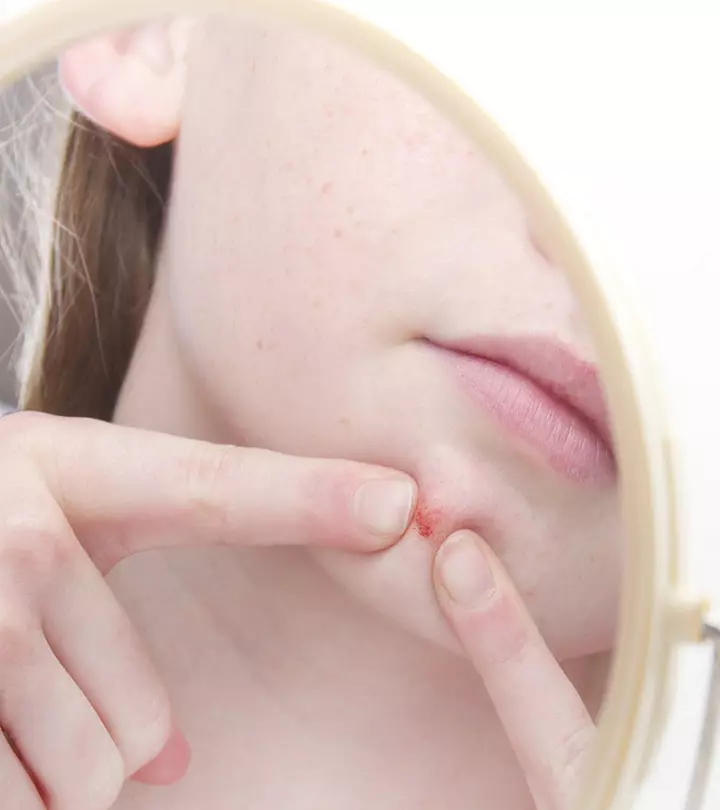






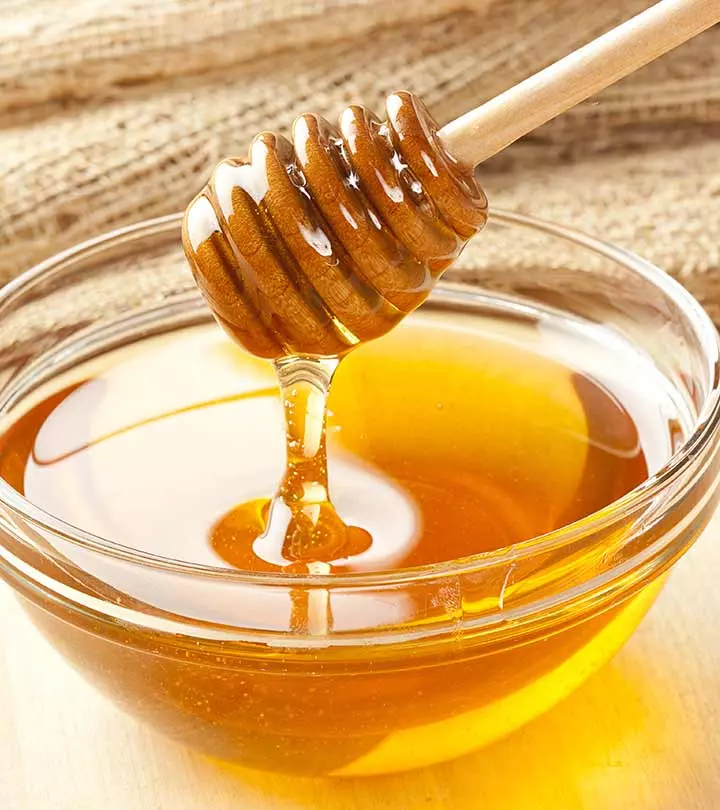
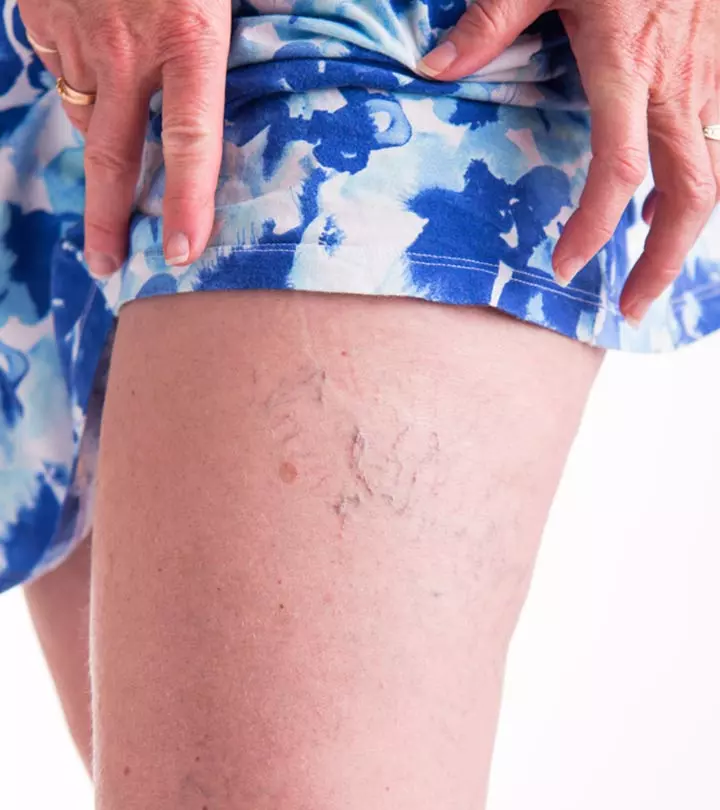

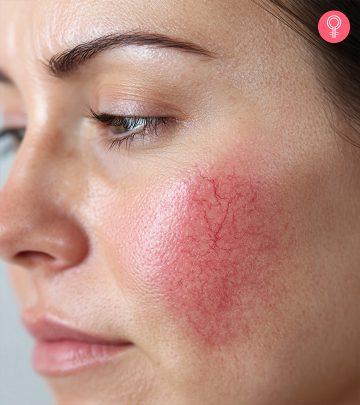

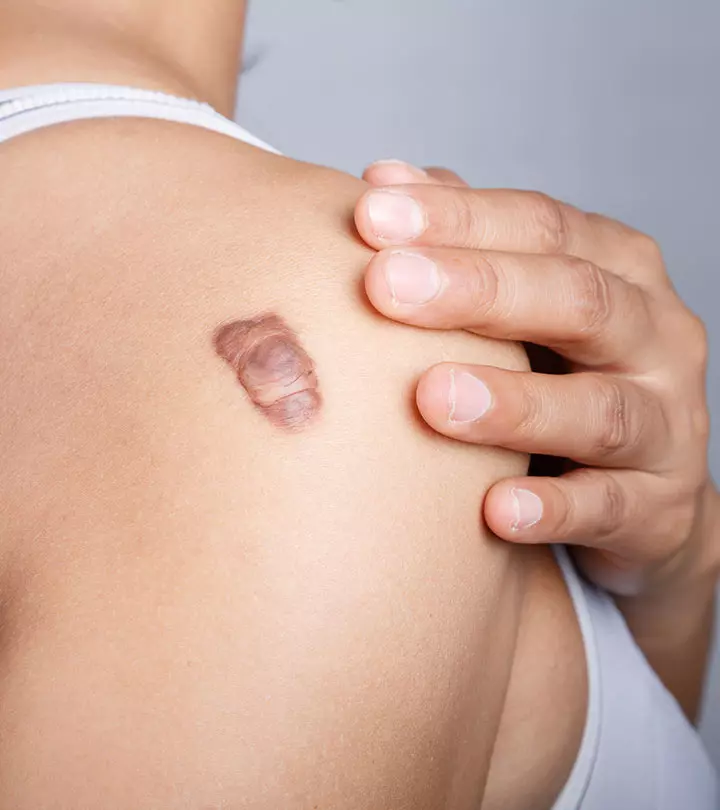

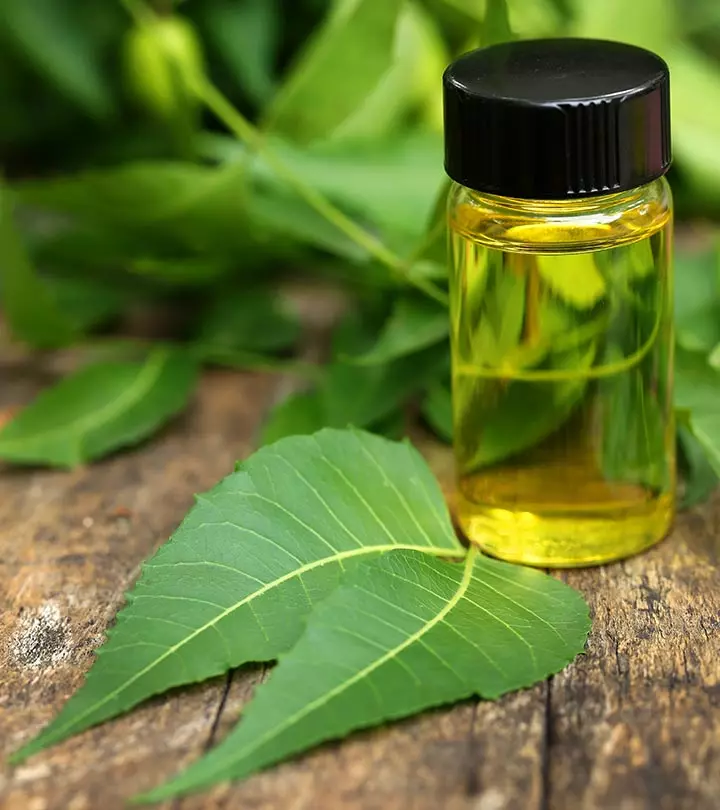


Community Experiences
Join the conversation and become a part of our empowering community! Share your stories, experiences, and insights to connect with other beauty, lifestyle, and health enthusiasts.